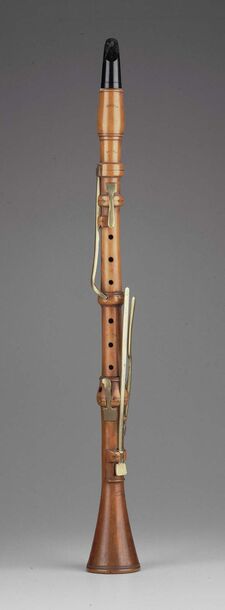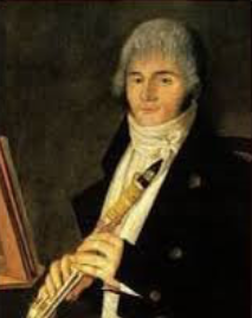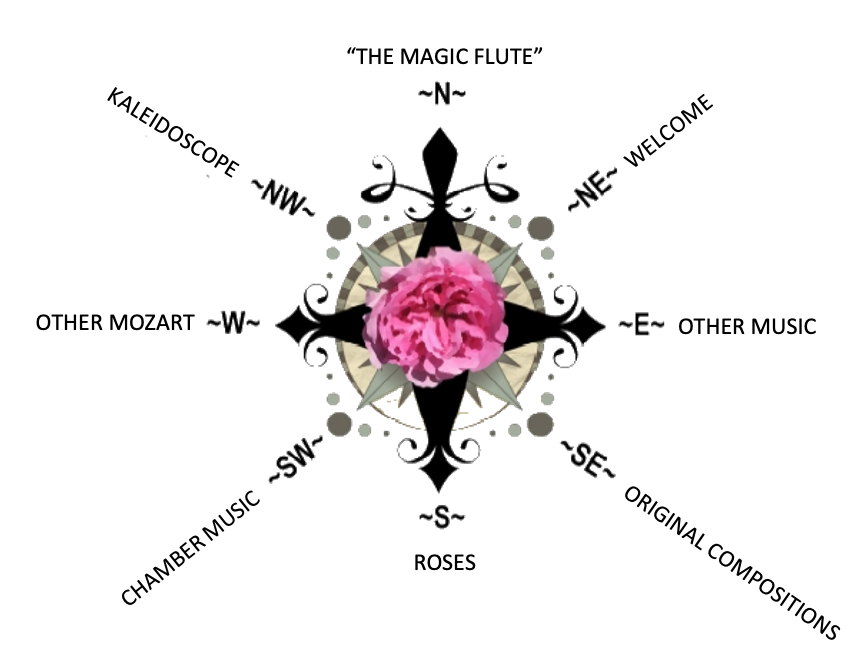- Home
- N - The Magic Flute
- NE - Welcome!
-
E - Other Music
- E - Music Genres >
- E - Composers >
-
E - Extended Discussions
>
- Allegri: Miserere
- Bach: Cantata 4
- Bach: Cantata 8
- Bach: Chaconne in D minor
- Bach: Concerto for Violin and Oboe
- Bach: Motet 6
- Bach: Passion According to St. John
- Bach: Prelude and Fugue in B-minor
- Bartok: String Quartets
- Brahms: A German Requiem
- David: The Desert
- Durufle: Requiem
- Faure: Cantique de Jean Racine
- Faure: Requiem
- Handel: Christmas Portion of Messiah
- Haydn: Farewell Symphony
- Liszt: Évocation à la Chapelle Sistine"
- Poulenc: Gloria
- Poulenc: Quatre Motets
- Villa-Lobos: Bachianas Brazilieras
- Weill
-
E - Grace Woods
>
- Grace Woods: 4-29-24
- Grace Woods: 2-19-24
- Grace Woods: 1-29-24
- Grace Woods: 1-8-24
- Grace Woods: 12-3-23
- Grace Woods: 11-20-23
- Grace Woods: 10-30-23
- Grace Woods: 10-9-23
- Grace Woods: 9-11-23
- Grace Woods: 8-28-23
- Grace Woods: 7-31-23
- Grace Woods: 6-5-23
- Grace Woods: 5-8-23
- Grace Woods: 4-17-23
- Grace Woods: 3-27-23
- Grace Woods: 1-16-23
- Grace Woods: 12-12-22
- Grace Woods: 11-21-2022
- Grace Woods: 10-31-2022
- Grace Woods: 10-2022
- Grace Woods: 8-29-22
- Grace Woods: 8-8-22
- Grace Woods: 9-6 & 9-9-21
- Grace Woods: 5-2022
- Grace Woods: 12-21
- Grace Woods: 6-2021
- Grace Woods: 5-2021
- E - Trinity Cathedral >
- SE - Original Compositions
- S - Roses
-
SW - Chamber Music
- 12/93 The Shostakovich Trio
- 10/93 London Baroque
- 3/93 Australian Chamber Orchestra
- 2/93 Arcadian Academy
- 1/93 Ilya Itin
- 10/92 The Cleveland Octet
- 4/92 Shura Cherkassky
- 3/92 The Castle Trio
- 2/92 Paris Winds
- 11/91 Trio Fontenay
- 2/91 Baird & DeSilva
- 4/90 The American Chamber Players
- 2/90 I Solisti Italiana
- 1/90 The Berlin Octet
- 3/89 Schotten-Collier Duo
- 1/89 The Colorado Quartet
- 10/88 Talich String Quartet
- 9/88 Oberlin Baroque Ensemble
- 5/88 The Images Trio
- 4/88 Gustav Leonhardt
- 2/88 Benedetto Lupo
- 9/87 The Mozartean Players
- 11/86 Philomel
- 4/86 The Berlin Piano Trio
- 2/86 Ivan Moravec
- 4/85 Zuzana Ruzickova
-
W - Other Mozart
- Mozart: 1777-1785
- Mozart: 235th Commemoration
- Mozart: Ave Verum Corpus
- Mozart: Church Sonatas
- Mozart: Clarinet Concerto
- Mozart: Don Giovanni
- Mozart: Exsultate, jubilate
- Mozart: Magnificat from Vesperae de Dominica
- Mozart: Mass in C, K.317 "Coronation"
- Mozart: Masonic Funeral Music,
- Mozart: Requiem
- Mozart: Requiem and Freemasonry
- Mozart: Sampling of Solo and Chamber Works from Youth to Full Maturity
- Mozart: Sinfonia Concertante in E-flat
- Mozart: String Quartet No. 19 in C major
- Mozart: Two Works of Mozart: Mass in C and Sinfonia Concertante
- NW - Kaleidoscope
- Contact
Mozart's Clarinet Concerto in A, K. 622
(Excerpted from the program notes for "Mozart by Candlelight" concert at Trinity Cathedral on November 16, 2012)
The Clarinet Concerto in A, K. 622, of 1791, displays the richly nuanced style of Mozart's last months of life in a unique work for what was in his time a little-exploited single-reed instrument.
The Clarinet Concerto was one of few late works that Mozart wrote without a commission. Apparently a labor of love for his friend Anton Stadler, a virtuoso clarinetist, the work still stands as a challenge to the technical ability and musical artistry of any performer. It is cast in the usual three-movement structure, the two outer movements in faster tempos than the middle movement. The character of the movements is traditional, as well: the first is generally cheerful, presenting its themes in exposition, development and recapitulation process; the second, of hauntingly beautiful lyrical quality, uncannily recalls music in The Magic Flute, written just months earlier; and the third is a merry and optimistic rondo.
The concerto’s history is not so straightforward. As the clarinet developed over the course of the 18th century, several cognate instruments grew along with it. One of these, the bassett horn, experienced a brief efflorescence from the 1770s until the early 19th century. The bassett horn was pitched in F or G, lower than the clarinet, and had a distinctive curved or angled shape. Its timbre, mellow and reedy, apparently suggested special applications to Mozart, who used it to advantage from the late 1770s onward in a number of works, notably the Serenade for 13 Winds, K. 316, a number of Masonic works, some small chamber pieces, two operas in 1791, and the Requiem. It was the bassett horn in G rather than the clarinet for which Mozart began writing his concerto. He completed the first movement in 1790, but then set it aside. In October and November of 1791 he took up the work again, recasting the existing movement for yet another relative, the clarinet in A—the typically-pitched clarinet of the time—and adding the remaining two movements. It is likely that Stadler developed and was the exclusive virtuoso on a special version of the clarinet which had an added section, extending its range downward; in the mid-20th century, Czech scholar and clarinettist Jiří Kratochvil named the instrument a bassett clarinet. Stadler would have performed the concerto on his unique instrument.
|
|
|
|
Demonstration of a 5-key clarinet by Agnes Gueroult (2016) after Theodor Lotz (Vienna, c. 1780). The instrument is made of boxwood with imitation ivory ferrules and brass keys. Mouthpiece in grenadilla wood by Agnes Gueroult after Lotz Reeds: Foglietta A Long #2
|
Demonstration of an 8-key basset horn by Agnes Gueroult (2013) after Theodor Lotz (Vienna, c. 1780). The instrument is made of boxwood with imitation ivory ferrules and brass keys. Mouthpiece in grenadilla wood by Agnes Gueroult after Lotz Reeds: Foglietta A Long #1.5
|
We may gauge the degree of Stadler’s virtuosity, and Mozart’s esteem for his artistry, by the musical and technical demands of the concerto. Large leaps and contrasting registers, difficult fingerings and register changes at a rapid pace, extensive arpeggios across the full range, and long melodic arches requiring extraordinary breath and embouchure control call for the greatest skill and care. Careful articulation, ineffable beauty of tone, and exquisite sensitivity to the sense of the music must also have characterized Stadler’s playing—and Mozart captured it all in this concerto.
Judith Eckelmeyer ©2012
Judith Eckelmeyer ©2012
Choose Your Direction
The Magic Flute, II,28.




